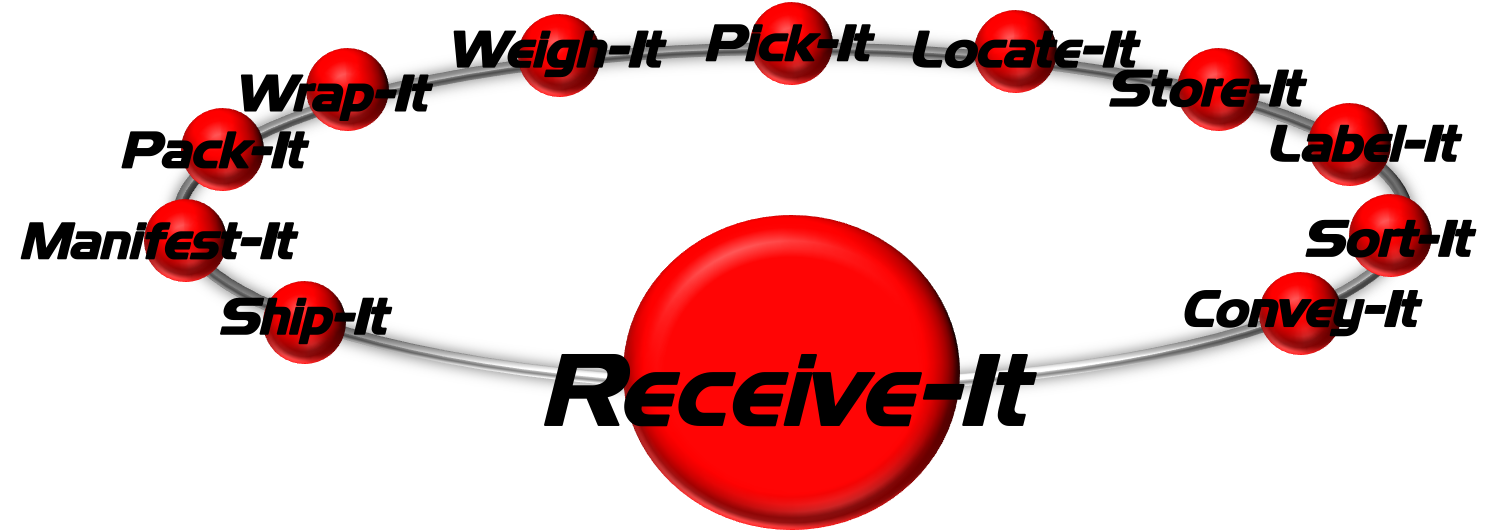
A warehouse management system (WMS) is a key part of the supply chain and primarily aims to control the movement and storage of materials within a warehouse and process the associated transactions, including shipping, receiving, put-away and picking. The systems also direct and optimize stock put-away based on real-time information about the status of bin utilization. A WMS monitors the progress of products through the warehouse. It involves the physical warehouse infrastructure, tracking systems, and communication between product stations. Streamline-It works with you to increase profits and productivity, making your job easier and allowing you to focus on your product, employees, and company’s needs.
Interested in one of our solutions?
Contact us today so that we can build a solution custom fit for your business needs.
Warehouse management involves the receipt, storage and movement of goods, (normally finished goods), to intermediate storage locations or to a final customer. In the multi-echelon model for distribution, there may be multiple levels of warehouses. This includes a central warehouse, a regional warehouses (serviced by the central warehouse) and potentially retail warehouses (serviced by the regional warehouses).
Warehouse management systems often utilize automatic identification and data capture technology, such as barcode scanners, mobile computers, wireless LANs and potentially radio-frequency identification (RFID) to efficiently monitor the flow of products. Once data has been collected, there is either a batch synchronization with, or a real-time wireless transmission to a central database. The database can then provide useful reports about the status of goods in the warehouse.
Alone warehouse management cannot automate the process. It also involves the combination of business process to be followed along with system to achieve 100% productivity and accuracy .
References:
http://en.wikipedia.org/wiki/Warehouse_management_system

